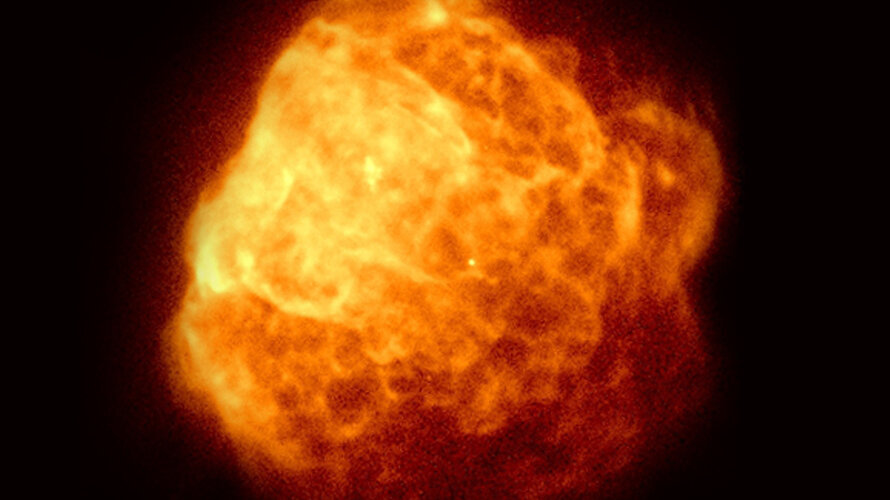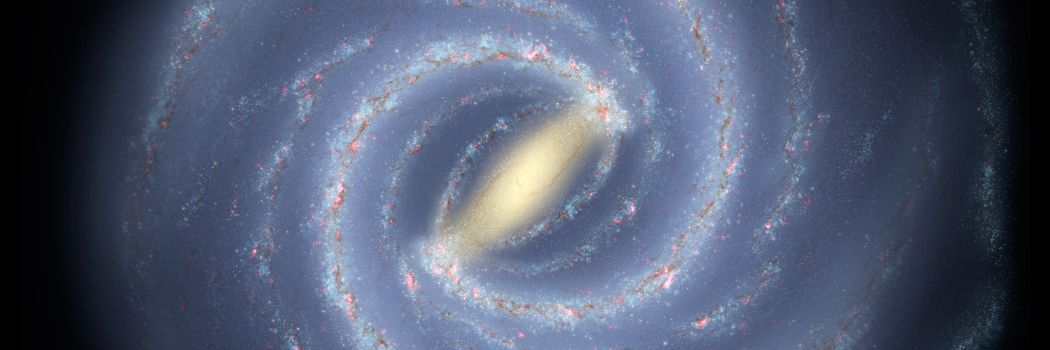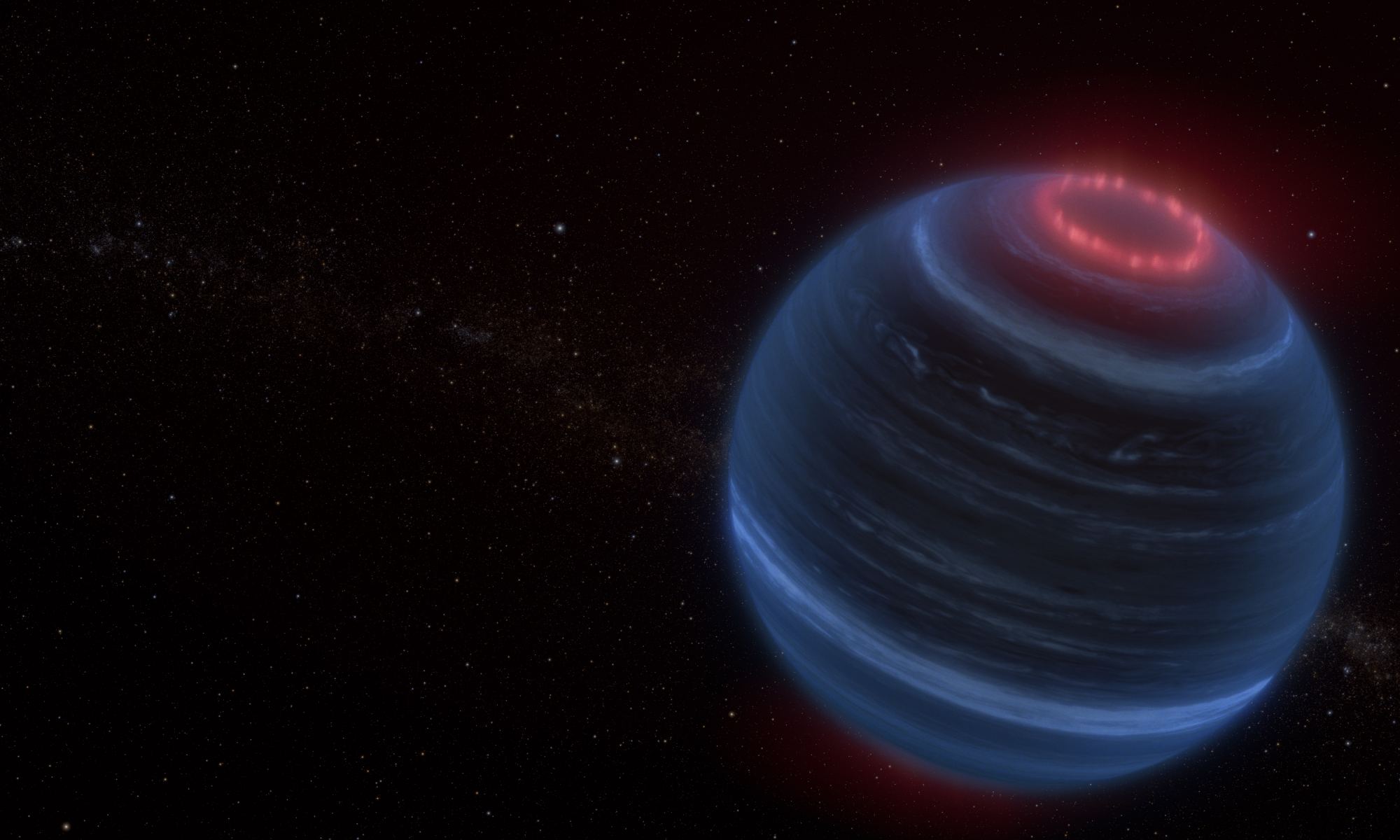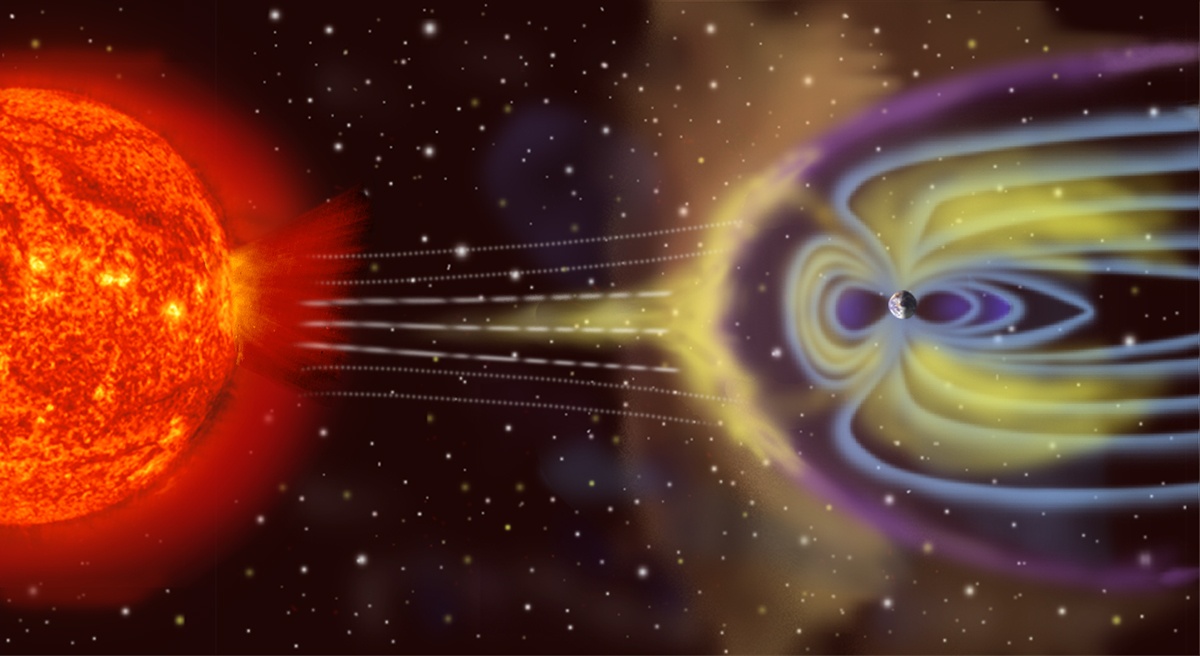On 9 January 2024, the Einstein probe was launched, its mission to study the night sky in X-rays. The first image from the probe that explores the Universe in these energetic wavelengths has just been released. It shows Puppis A, the supernova remnant from a massive star that exploded 4,000 years ago. The image showed the expanding cloud of ejecta from the explosion but now, Einstein will continue to scan the skies for other X-ray events.
Continue reading “First Light from Einstein Probe: A Supernova Remnant”Galaxies Evolved Surprisingly Quickly in the Early Universe
Anyone familiar with astronomy will know that galaxies come in a fairly limited range of shapes, typically; spiral, elliptical, barred-spiral and irregular. The barred-spiral galaxy has been known to be a feature of the modern universe but a study from astronomers using the Hubble Space Telescope has recently challenged that view. Following on observations using the James Webb Space Telescope has found the bar feature in some spiral galaxies as early as 11 billion years ago suggesting galaxies evolved faster in the early Universe than previously expected.
Continue reading “Galaxies Evolved Surprisingly Quickly in the Early Universe”How Knot Theory Can Help Spacecraft Can Change Orbits Without Using Fuel

When a spacecraft arrives at its destination, it settles into an orbit for science operations. But after the primary mission is complete, there might be other interesting orbits where scientists would like to explore. Maneuvering to a different orbit requires fuel, limiting a spacecraft’s number of maneuvers.
Researchers have discovered that some orbital paths allow for no-fuel orbital changes. But the figuring out these paths also are computationally expensive. Knot theory has been shown to find these pathways more easily, allowing the most fuel-efficient routes to be plotted. This is similar to how our GPS mapping software plots the most efficient routes for us here on Earth.
Continue reading “How Knot Theory Can Help Spacecraft Can Change Orbits Without Using Fuel”Another New Molecule Discovered Forming in Space
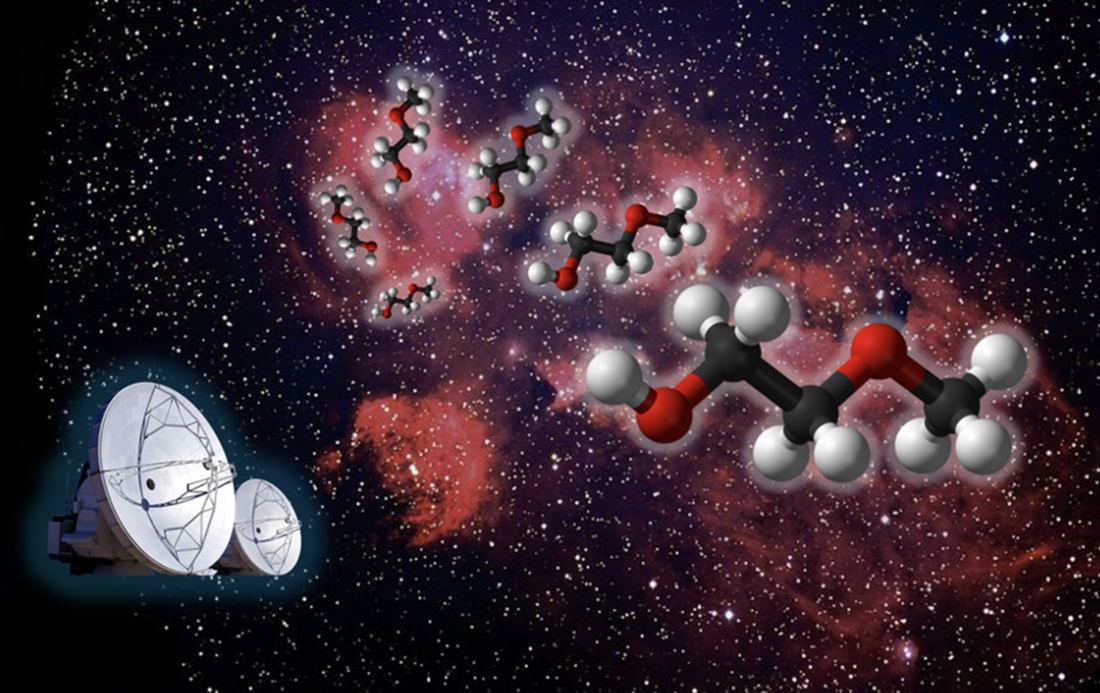
The list of chemicals found in space is growing longer and longer. Astronomers have found amino acids and other building blocks of life on comets, asteroids, and even floating freely in space. Now, researchers have found another complex chemical to add to the list.
Continue reading “Another New Molecule Discovered Forming in Space”JWST Uses “Interferometry Mode” to Reveal Two Protoplanets Around a Young Star

The JWST is flexing its muscles with its interferometry mode. Researchers used it to study a well-known extrasolar system called PDS 70. The goal? To test the interferometry mode and see how it performs when observing a complex target.
Continue reading “JWST Uses “Interferometry Mode” to Reveal Two Protoplanets Around a Young Star”A Cold Brown Dwarf is Belching Methane Into Space
Brown dwarfs span the line between planets and stars. By definition, a star must be massive enough for hydrogen fusion to occur within its core. This puts the minimum mass of a star around 80 Jupiters. Planets, even large gas giants like Jupiter, only produce heat through gravitational collapse or radioactive decay, which is true for worlds up to about 13 Jovian masses. Above that, deuterium can undergo fusion. Brown dwarfs lay between these two extremes. The smallest brown dwarfs resemble gas planets with surface temperatures similar to Jupiter. The largest brown dwarfs have surface temperatures around 3,000 K and look essentially like stars.
Continue reading “A Cold Brown Dwarf is Belching Methane Into Space”Measuring Exoplanetary Magnetospheres with the Square Kilometer Array
Life on Earth would not be possible without food, water, light, a breathable atmosphere and surprisingly, a magnetic field. Without it, Earth, and its inhabitants would be subjected to the harmful radiation from space making life here, impossible. If we find exoplanets with similar magnetospheres then those worlds may well be habitable. The Square Kilometer Array (SKA) which is still under construction should be able to detect such magnetospheres from radio emissions giving us real insight into our exoplanet cousins.
Continue reading “Measuring Exoplanetary Magnetospheres with the Square Kilometer Array”Psyche is Still Sending Data Home at Broadband Speeds
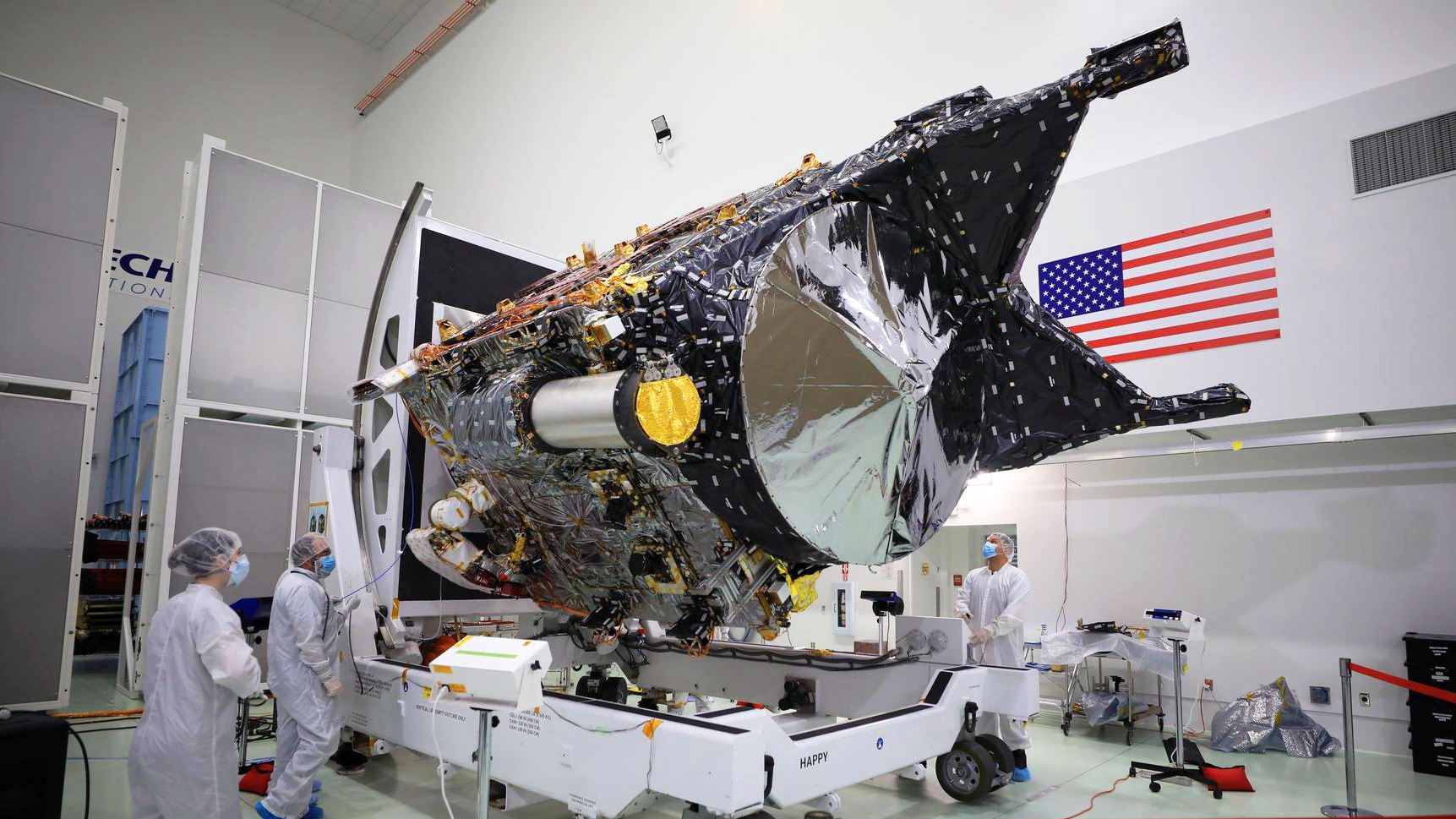
When I heard about this I felt an amused twinge of envy. Over the last year I have been using an unimpressive 4G broadband service and at best get 20 Mbps, NASA’s Psyche mission has STILL been getting 23 Mbps at 225 million km away! It’s all thanks to the prototype optical transmission system employed on the probe. It means it can get up to 100 times more data transmission rate than usual radio.
Continue reading “Psyche is Still Sending Data Home at Broadband Speeds”Uh oh. Hubble's Having Gyro Problems Again
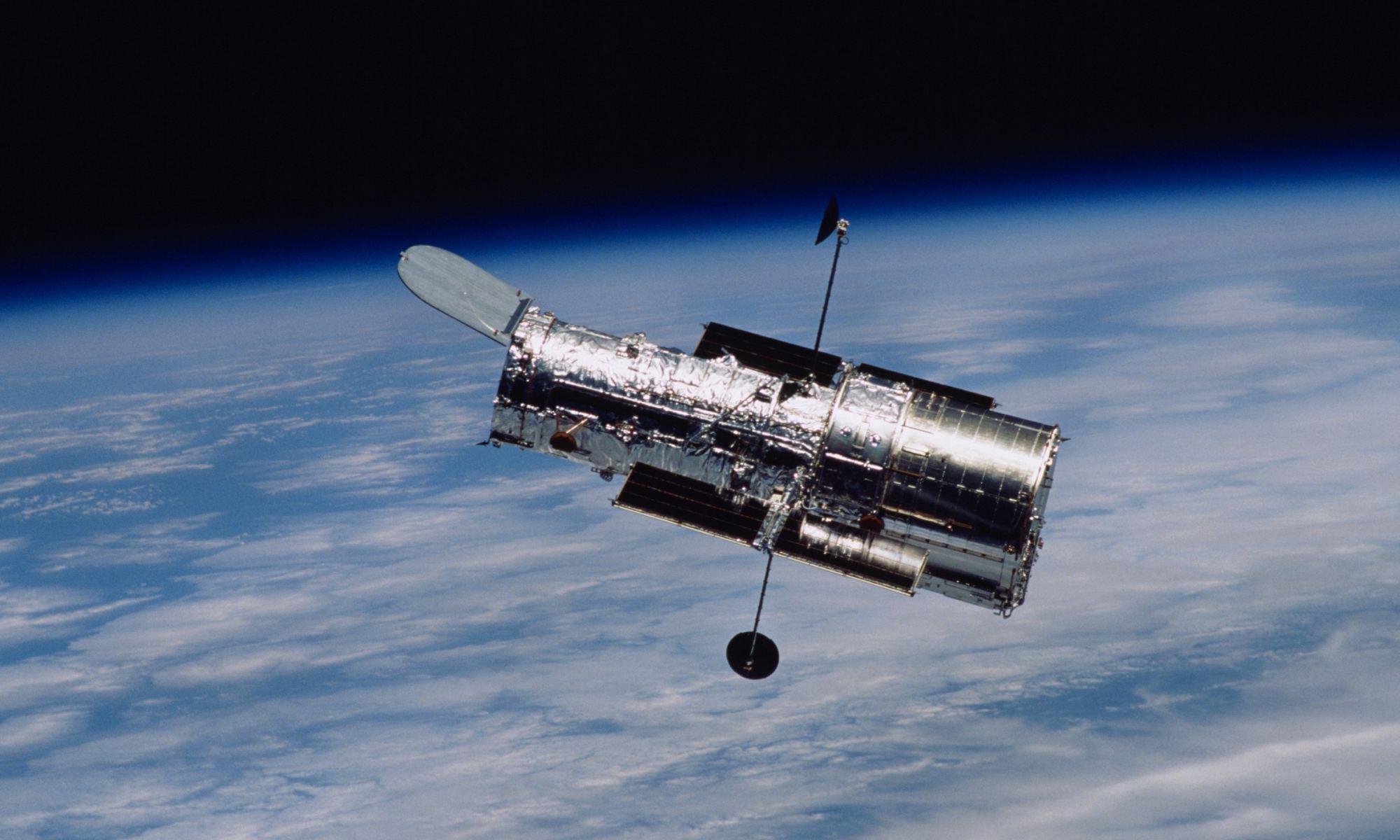
The Hubble Space Telescope has gone through its share of gyroscopes in its 34-year history in space. Astronauts replaced the gyros during the last servicing mission in 2009, bringing it back up to six (three with three spares), but they only last so long. Last week, HST went into safe mode because one of the gyros experienced fluctuations in power. NASA paused the telescope’s science operations today to investigate the fluctuations and perhaps come up with a fix.
With this one gyro experiencing problems, only two of the gyros remain fully operational. HST works best with three gyros, and so engineers are working to understand the issue and hopefully figure out a way to fix it remotely. However, several years ago, engineers figured out a way to still conduct science operations with only a single gyro.
Continue reading “Uh oh. Hubble's Having Gyro Problems Again”Astronomers Will Get Gravitational Wave Alerts Within 30 Seconds
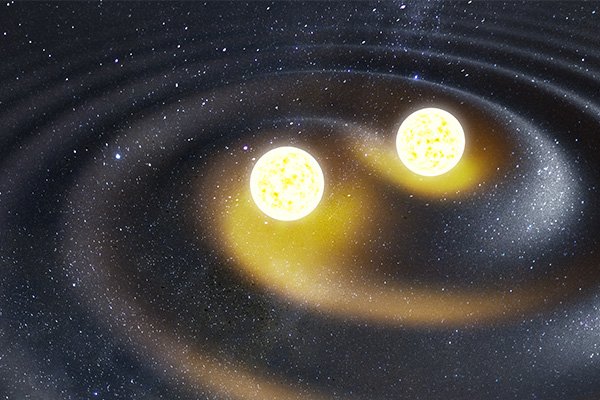
Any event in the cosmos generates gravitational waves, the bigger the event, the more disturbance. Events where black holes and neutron stars collide can send out waves detectable here on Earth. It is possible that there can be an event in visible light when neutron stars collide so to take advantage of every opportunity an early warning is essential. The teams at LIGO-Virgo-KAGRA observatories are working on an alert system that will alert astronomers within 30 seconds fo a gravity wave event. If warning is early enough it may be possible to identify the source and watch the after glow.
Continue reading “Astronomers Will Get Gravitational Wave Alerts Within 30 Seconds”
